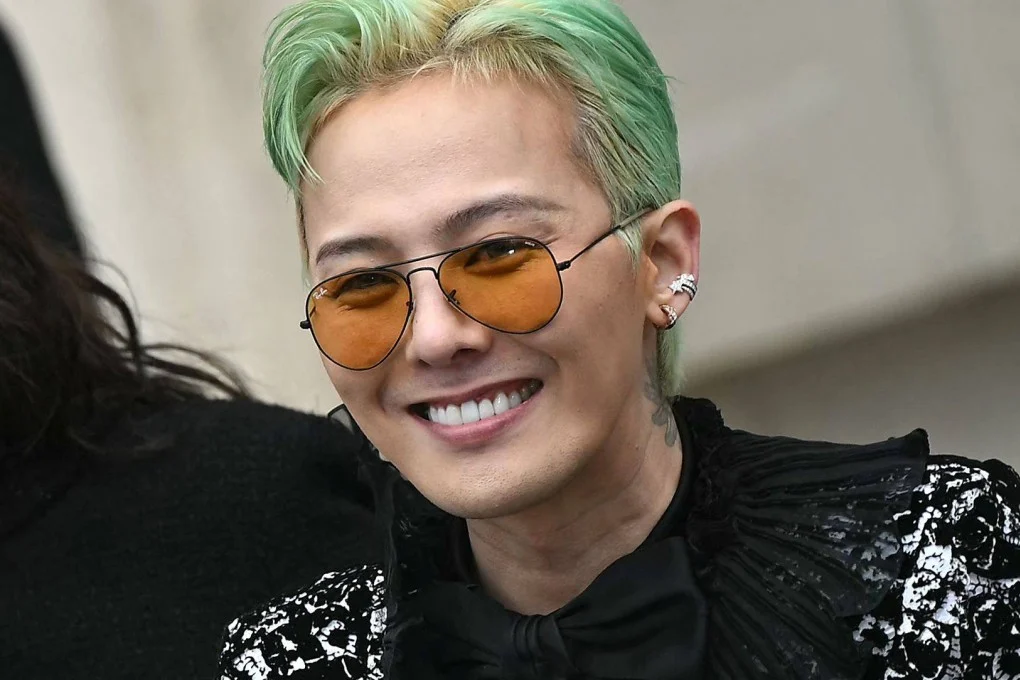First things first: There is nothing new about bullying in schools.
The latest bullying incident, captured on video at Shuqun Secondary School, showed a male student nonchalantly bullying two other classmates. Upon viewing the video, netizens (some of whom seemed surprised that there were cases of bullying in Singapore) rose up in arms against the bully.
https://www.youtube.com/watch?v=X0Vuh6zbTkE
After the story broke on All Singapore Stuff, the Ministry of Education (MOE) launched investigations into the matter. So far, Shuqun says it has disciplined and counselled the students involved. The bully was said to have “deeply regretted” his actions. The incident — which is the latest in a five-month bullying trauma — is now a police case.
However, we learnt that the victim had in fact, three years of martial arts training, but had chosen not to retaliate.
This now begs the question: should victims who are being bullied, fight back?
What Is Bullying?
Bullying has various definitions. In one theory*, it is characterised by its intent to harm, repetitiveness and power imbalance. Today’s digital age has taken bullying to new heights and spaces.
Could bullying be a cyclical experience? A 2006 Singapore Children’s Society survey pointed at more than half of self-admitted bullies being victims at least once. More than half of these bullies did so “out of revenge”.
Various studies prove that bullies tend to victimise those who are “easy” targets. In the Shuqun video, the male student was seen to be picking on a smaller-sized classmate: the classic tactic of bullying someone who is deemed “unassertive” and “weak”.
Their “status” in the classrooms is sealed. Antisocial, tough behaviour is perceived as “cool” in school culture, which arises from the “sociocultural construction of meanness”: the need to be popular in a class, or a clique.
The repeated abuse has left victims of bullying often finding themselves in a pattern of humiliation, abuse, and fear, which may then lead to anxiety, depression, and in extreme cases, even suicide.
What Should You Do?
It is a tough question: What exactly is the best course of action if you, or someone you know, is bullying people, or are being bullied? In most cases, the best way for bullying to stop is to wait for the bully to mature.
However, that often takes time, and there is no guarantee that bullies will ever see the harm their actions are causing their victims. Even if they do know the harm they are causing, bullies simply may not care.
Hence, the next best course of action: stand up for oneself. In the case of the Shuqun bullied victim, the boy could have tapped into his knowledge of martial arts to defend himself.
While his aunt argued that “self-restraint” stopped him from retaliating against the bully, one must remember that other factors could have led to his inaction: a prolonged period of bullying and a worrying pattern of abuse. A no-violence school policy also puts him at risk of running afoul of school rules. According to MOE, “every act of assault or fighting in schools is regarded as a serious disciplinary offence.”
“Schools will investigate all cases and will take the appropriate disciplinary action and follow-up counselling.” Will a bullied victim’s subsequent physical action constitute fighting in school or an act of self-defense?
What Should Be Done?
Education may be the silver bullet. Schools have long advocated the reporting of bullying activities to relevant school authorities (such as the teachers). However, what happens if the teachers themselves get into the mix?
In the Shuqun case, an adjunct teacher was in the classroom when the bullying occurred. However, it was not reported why the adjunct teacher had not immediately rectified the fracas, especially since such teachers are said to be former and retired teachers who work on flexible terms.
Having the necessary knowledge and experience, they would be well placed to know how to stop a bully and prevent such behaviour from occurring again. Despite the adjunct teacher’s presence, the Shuqun bullying continued unabated.
MOE has long taken a firm stance against bullying through inculcating a values curriculum, as well as organising anti-bullying awareness programmes. A “School Bullying Management Kit” even supposedly teaches school personnel how to manage bullying and support victims. On the legislative front, the law even steps in extreme cases with libel, slander and harassment laws.
However, despite all these measures, all signs point towards an increase in bullying cases in schools. Authorities are well-intentioned but enforcement is challenging. For every one case like Shuqun which is reported, thousands of other bullying cases go unreported in schools.
While authorities work on a better plan to reduce bullying in schools, on our end, perhaps it is time that we learnt to stand up for ourselves, instead of waiting for others to stand up for us.
Featured image: Screenshot of Only Guru YouTube Video
* refers to: Rubin, Kenneth H., William M. Bukowski, and Brett Paul. Laursen. Handbook of Peer Interactions, Relationships, and Groups. New York: Guilford, 2009. Print.
Stay updated and social with Popspoken: Facebook | Twitter | Instagram







